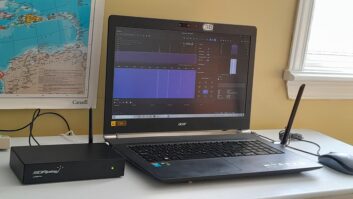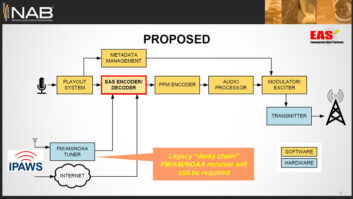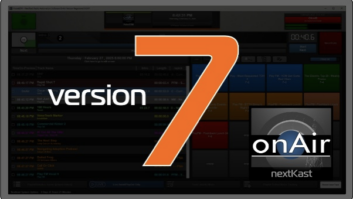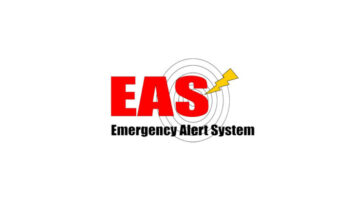Officials of ENCO Systems and Digigram are noting what they describe as a unique installation in the Philippines that is the first commercial use of the Visiblu audio/control over IP technology.
For the first time, they say, the audio stream contains both the audio payload and embedded automation control for both source and destination.
Radio Veritas Asia airs various language services, producing programming that shares time on multiple shortwave transmitters. Programming is recorded and produced at the studio, stored on a local file server and sent via WAN to the transmitter site 90 miles away for storage on a local file server, then played to air.
“What makes the situation unique is that any of the language services must be able to go live on the air on any or all of the transmitters in the case of a major news development without interfering with the operation of the rest of the network,” wrote ENCO Vice President of Sales and Marketing Don Backus, describing the installation.
Further, he said, there was no dedicated audio line between the sites or any budget for an audio router; and the client needed a new digital storage and automation playout system after working with reel-to-reel for many years.
‘Soft’ solution
RVA chose ENCO’s DAD digital automation and playout system and hired the company to design a studio system for the Quezon City studio complex. Fifteen language services along with ingest, voice capture, production and administration feed a programming file server.
(click thumbnail)Visiblu display of Voice Capture (head end) workstation with ability to route input to remote transmitters as well as record locally.“When the quality control department approves completed programs and has prepared the appropriate playlists and schedules, the files are marked as approved, which triggers an automatic transfer to the remote air server,” Backus said.
“That server in Palauig is synchronized using ENCO’s Gateway smart file transfer program via a data connection. The schedules and playlists then play to the desired transmitters completely unattended. Also, each of the on-air workstations feed two Web streams to a Helix Real Audio server for Internet radio listeners.”
Audio cards at the studio and transmitter sites are Digigram PCX-924HR professional DSP-based cards. The ability to route audio automatically from any of the language service workstations to any of the transmitters is accomplished in software.
ENCO had been working with Digigram as the latter company developed the Visiblu audio/control over IP product.
Visiblu is defined by Digigram as a network audio operating system and allows for a great deal of audio routing and processing power with a modular software approach, he said.
“What was most interesting to ENCO for this project was the ability to route live streams of audio over IP and to control both the source and destination, but also embed control of the automation system itself — thus making the desired action of taking control of a transmitter audio stream from one of the language service studios seamless and professional-sounding,” he continued.
(click thumbnail)Visiblu display of transmitter site showing local and remote sources feeding the transmitter and Internet streams.Using a set of user-configurable buttons within the DAD interface, an operator at any of the language services can instruct the system to allow that studio to go live on one or more of the remote site transmitters. The selected on-air DAD system fades the currently playing material and provides a feed from the studio to the transmitter.
“When the emergency feed is complete, pressing another button on the DAD interface reverts to the previously scheduled programming resuming from where it left off.”
Distinct, routable
The system also allows for directing the output of a satellite receiver from Vatican Radio to air without using an audio switcher or router. Visiblu and ENCO’s control software use the PCX924HR inputs and outputs as distinct and routable audio streams.
“Visiblu and DAD combine to provide a seamless method of providing a real-time studio/transmitter link on demand, all in software via WAN,” Backus said.
Backus said the DAD/Visiblu combination is capable of providing other configurations, linking many remote sites and allowing an “unprecedented” level of audio and control routing via IP.
He said the DAD system works with various audio over IP products on the market. “These other systems provide an AoIP driver in the automation workstation and distribute audio via standard networking components but require the use of proprietary hardware for audio to enter or exit the system.. The typical application for these systems is in replacement of console mixing and audio routing systems within a broadcast facility.
“Visiblu doesn’t directly compete with these types of products, but allows using the AoIP technology in different ways, like over a WAN, for example. Also, being software-based allows for a greater level of flexibility regarding interoperability of existing equipment.”
Visiblu also can work with Digigram and non-Digigram soundcards to allow for a mixed environment that can be configured in a number of ways, he said.









